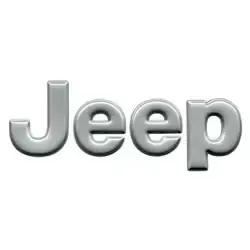Jeep Commander Tire Pressure
Most common recommended tire pressure for Jeep Commander is 35 psi based on year of production, trim and OEM tire size, but it maybe different for older models. It is imperative to confirm the exact tire inflation for your Jeep Commander to ensure safety on the road. Always refer to your vehicle owner's manual for the correct tire pressure designated by vehicle's manufacturer.
Select your Jeep Commander production year to see its recommended tire inflation.
| Model Year | Front Tires | Rear Tires |
|---|---|---|
| 2010 Jeep Commander | 35 psi | 35 psi |
| 2009 Jeep Commander | 35 psi | 35 psi |
| 2008 Jeep Commander | 35 psi | 35 psi |
| 2007 Jeep Commander | 35 psi | 35 psi |
Recommended Tire Pressure for Jeep Commander
The importance of maintaining the recommended tire pressure for a Jeep Commander cannot be overstated, as it is crucial for ensuring optimal vehicle performance, fuel efficiency, and safety. Adhering to the tire pressure specifications provided by the manufacturer plays a significant role in prolonging tire life, reducing uneven wear, and avoiding tire failures, such as blowouts, which can lead to dangerous driving conditions. Proper tire inflation is essential for achieving the best road traction and handling characteristics, especially important for an SUV like the Jeep Commander, which is often used in varied driving conditions, from urban roads to off-road settings. Furthermore, correct tire pressure is a key factor in maximizing fuel economy; under-inflated tires can increase rolling resistance, leading to higher fuel consumption. Therefore, regularly checking and adjusting the tire pressure to the recommended levels not only ensures a safer and more comfortable driving experience but also contributes to environmental conservation by reducing fuel usage and tire waste.

All listed guides, data and/or calculations are for informational purposes only. TirePressure.com does not warrant or make any representations regarding the accuracy of or the results of the use of this information. Always refer to vehicle owner's manual for the correct tire pressure configuration.